10 Critical Mistakes To Avoid In Your Garden Next Spring
It's only natural that when you try a new hobby, such as gardening, you'll run into problems. With a little bit of information, these can be avoided. New gardeners often learn from what they see more experienced growers doing. Sometimes this can lead to mistakes as beginners don't have the same knowledge and experience. These mistakes can be avoidable, but you have to know what to look for. By avoiding the mistakes in this list, you'll end up with a healthier garden.
Not Potting Invasive Species
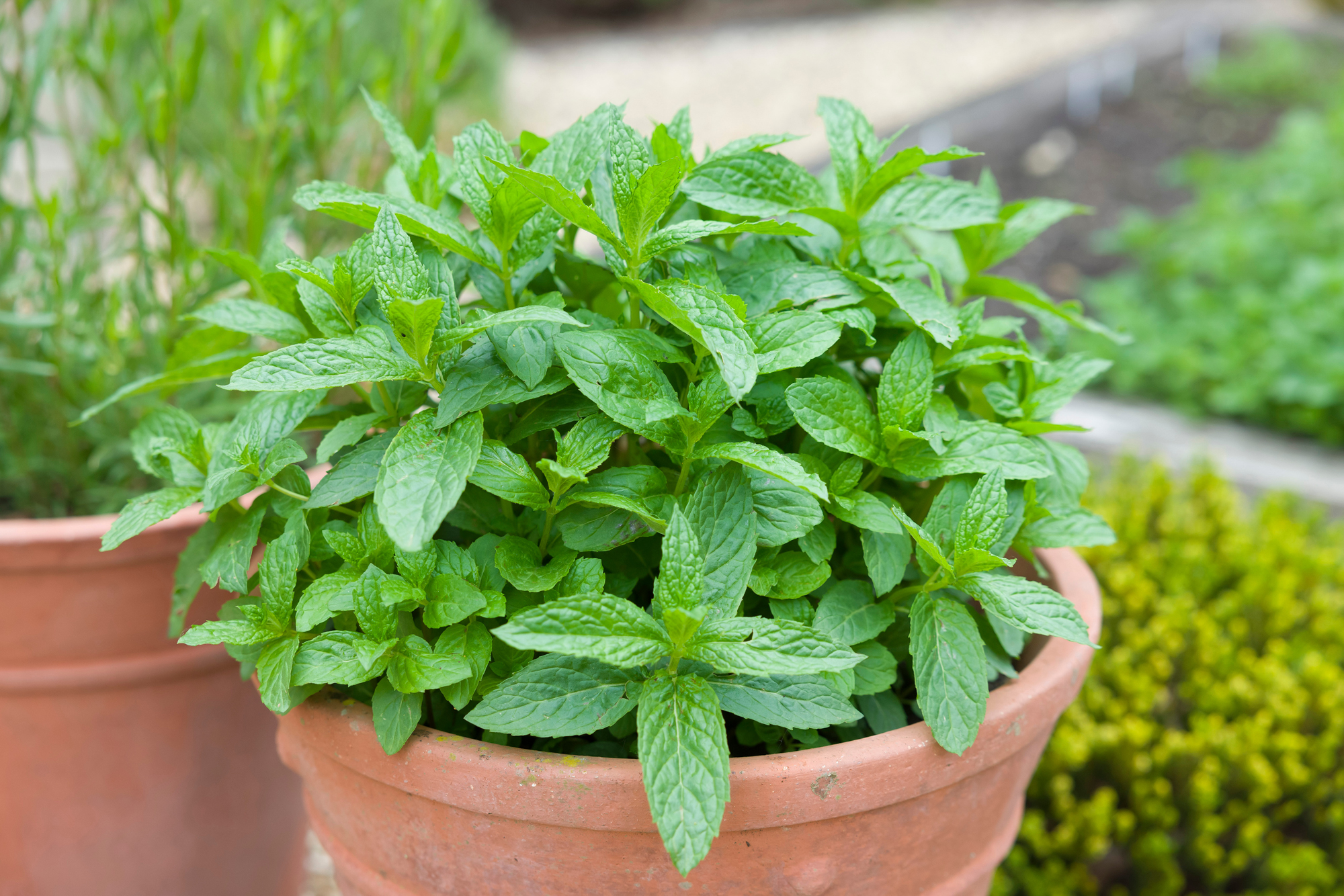
It can be tempting to grow all plants in the ground and let them spread out and fill in empty spaces. However, with certain plants (like Mint) that are invasive, this quickly becomes problematic. Too often new gardeners don't research their plants and end up with more than they can handle. Potting invasive plants rather than growing them in the ground will prevent a lot of mess and headaches down the road.
Choosing the Wrong Plants
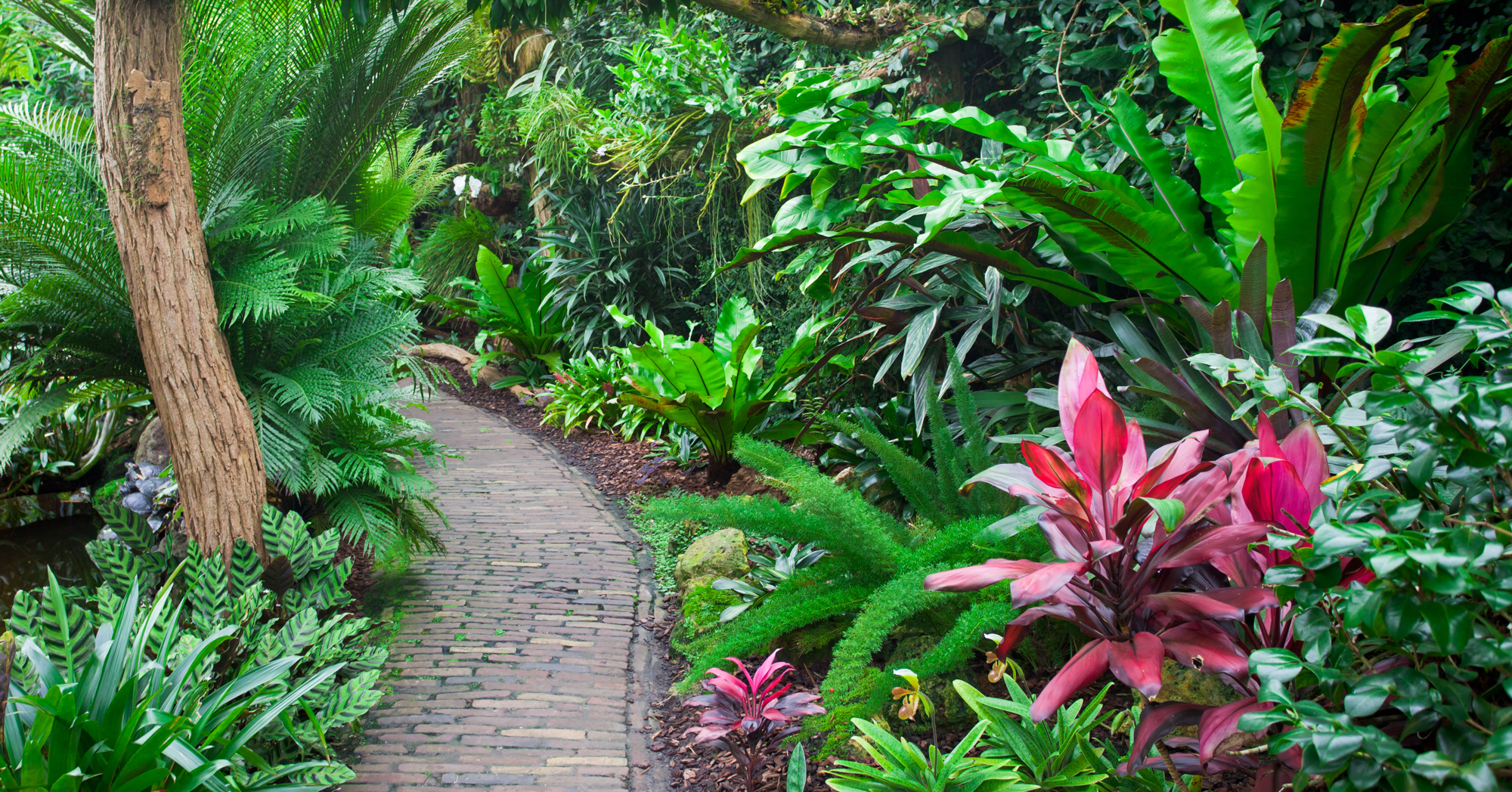
Unless you live in the desert or rainforest, you probably shouldn't grow cactus or banana trees in your outdoor garden. While this may seem obvious, many people attempt to grow plants that need a climate completely opposite the one they're in. It's common to find plants at a local garden center that aren't very well suited for the local climate. Taking a few minutes to learn what plants grow easily in their climate will allow beginners to find more success in their gardening endeavors.
Choosing The Wrong Soil
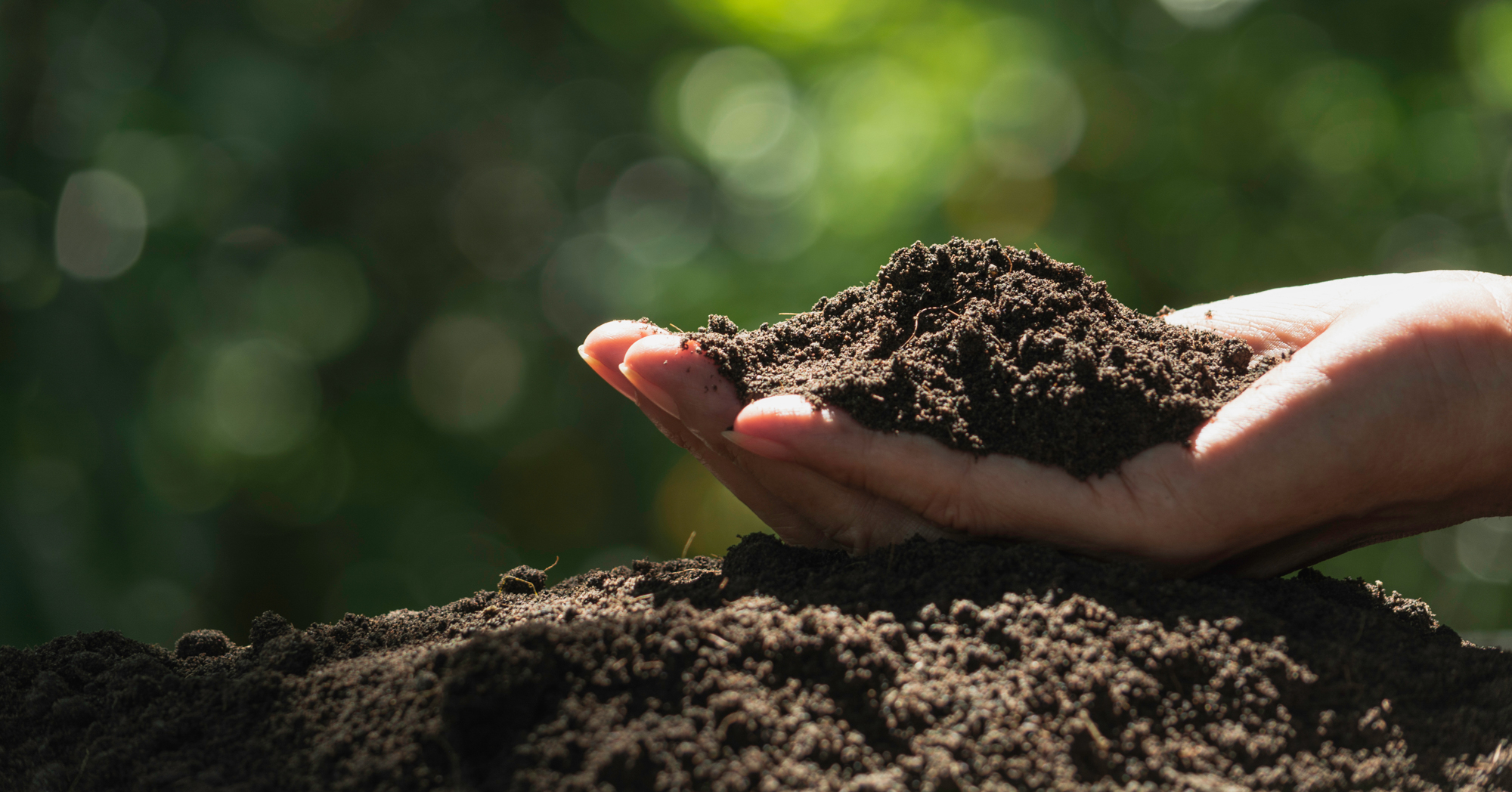
There are many generic potting soils that seem to work for a lot of plants. But not all plants will grow well in traditional soil. In fact, many plants prefer well-draining soil so their roots are less prone to rotting. Taking a little bit of time to research a plant and the soil it needs to thrive will result in better long-term growth and require less maintenance from the grower.
Over Watering
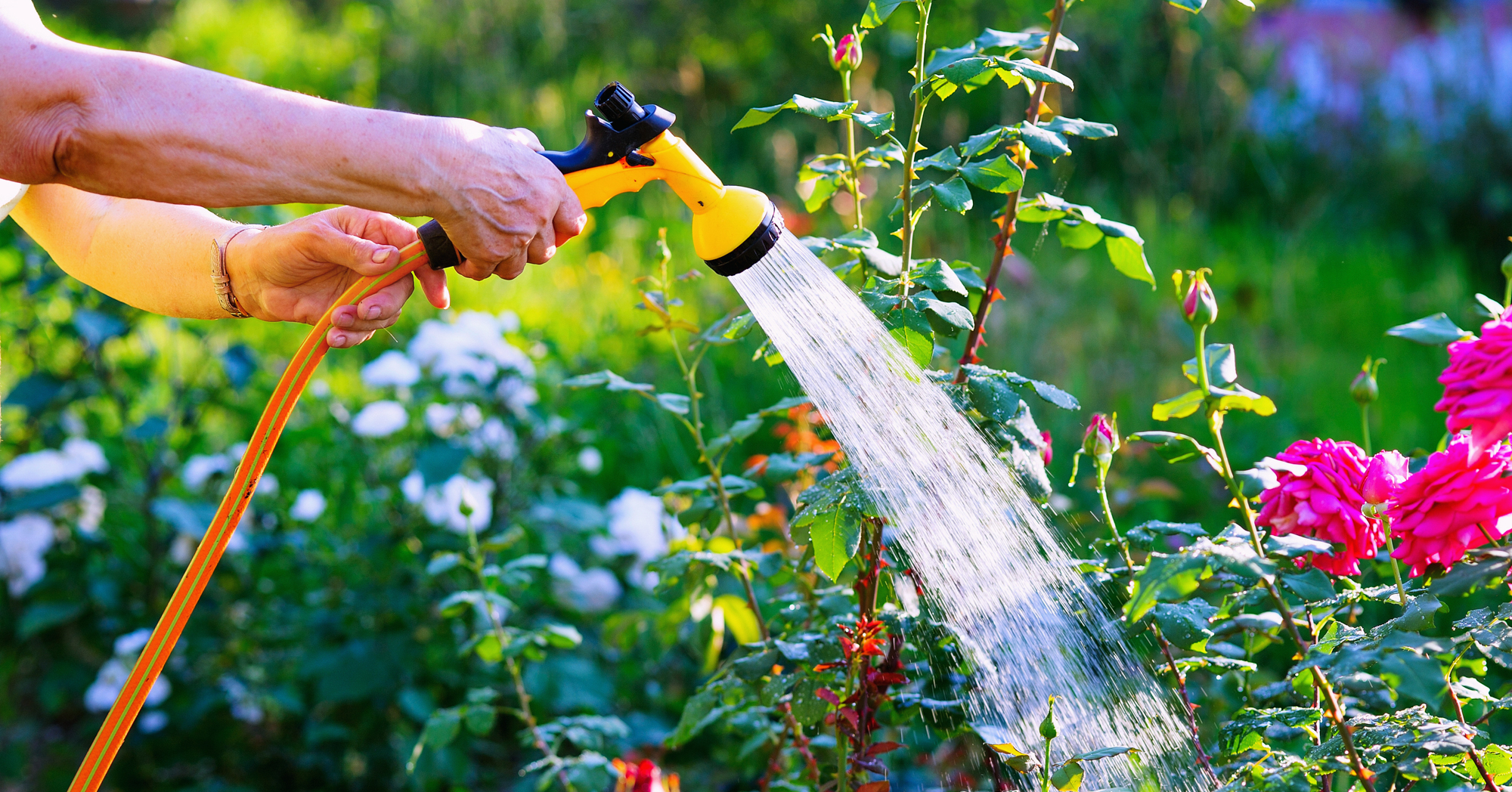
Giving your plants just the right amount of water will help them flourish. But, not all plants need the same amount of water. This can make it very tricky to know how frequently to water your garden. It's important to learn common signs of over and under-watering for plants in your garden. Some will start to turn yellow with too much water, others might get mushy stems. But if you're not aware of these symptoms, it's easy to give your plant more than it needs.
Under Watering
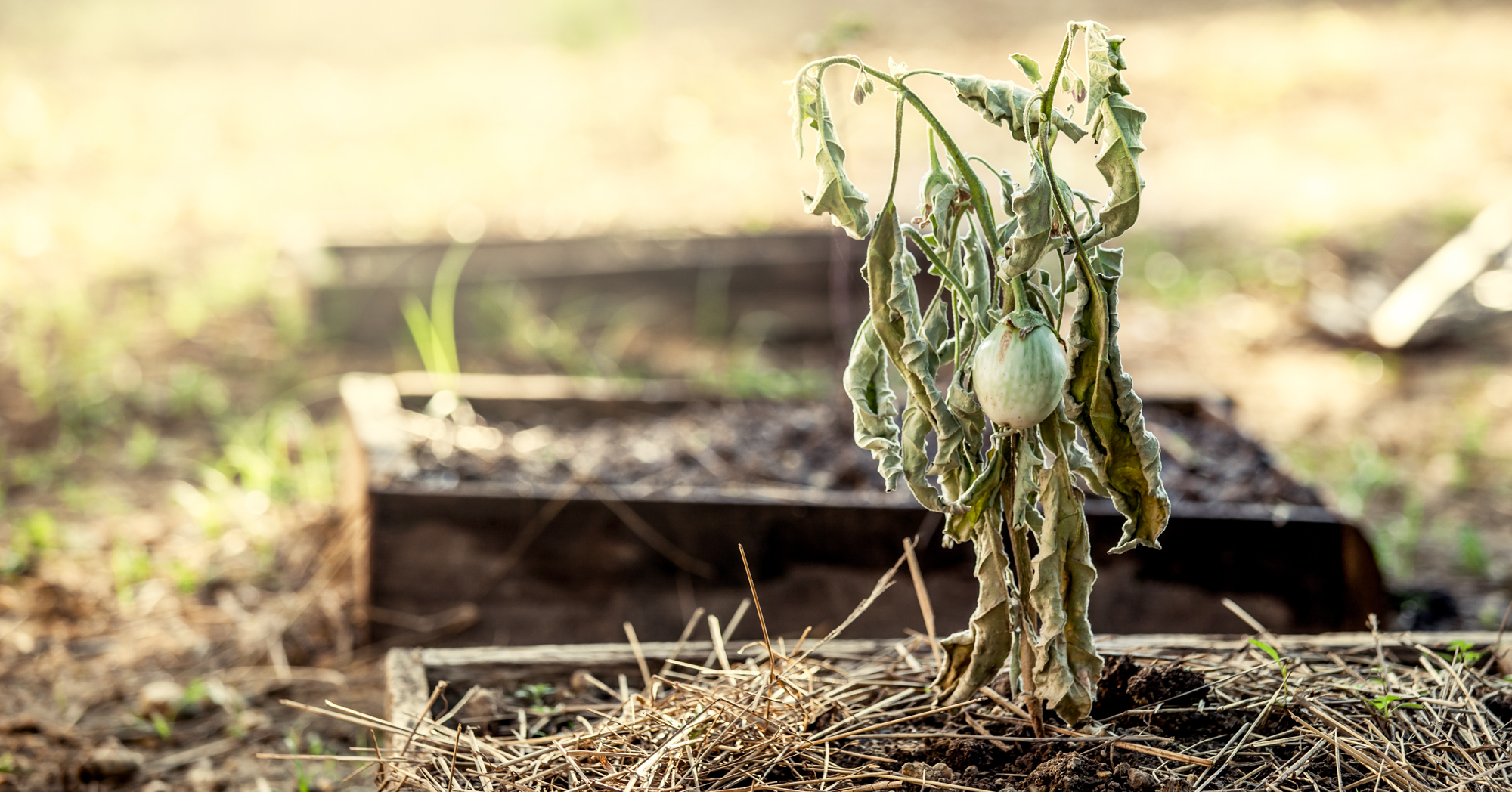
Just like over-watering can cause problems, giving your plant too little water is another common mistake new growers make, especially if they've overwatered in the past. Plants that need water on a regular basis will often struggle with slightly too long between watering. For a beginning gardener, this can be devastating as all their hard work can be undone seemingly overnight. Again, it's important to recognize signs that a plant needs more or less water and adjust the watering schedule accordingly.
Over Fertilizing
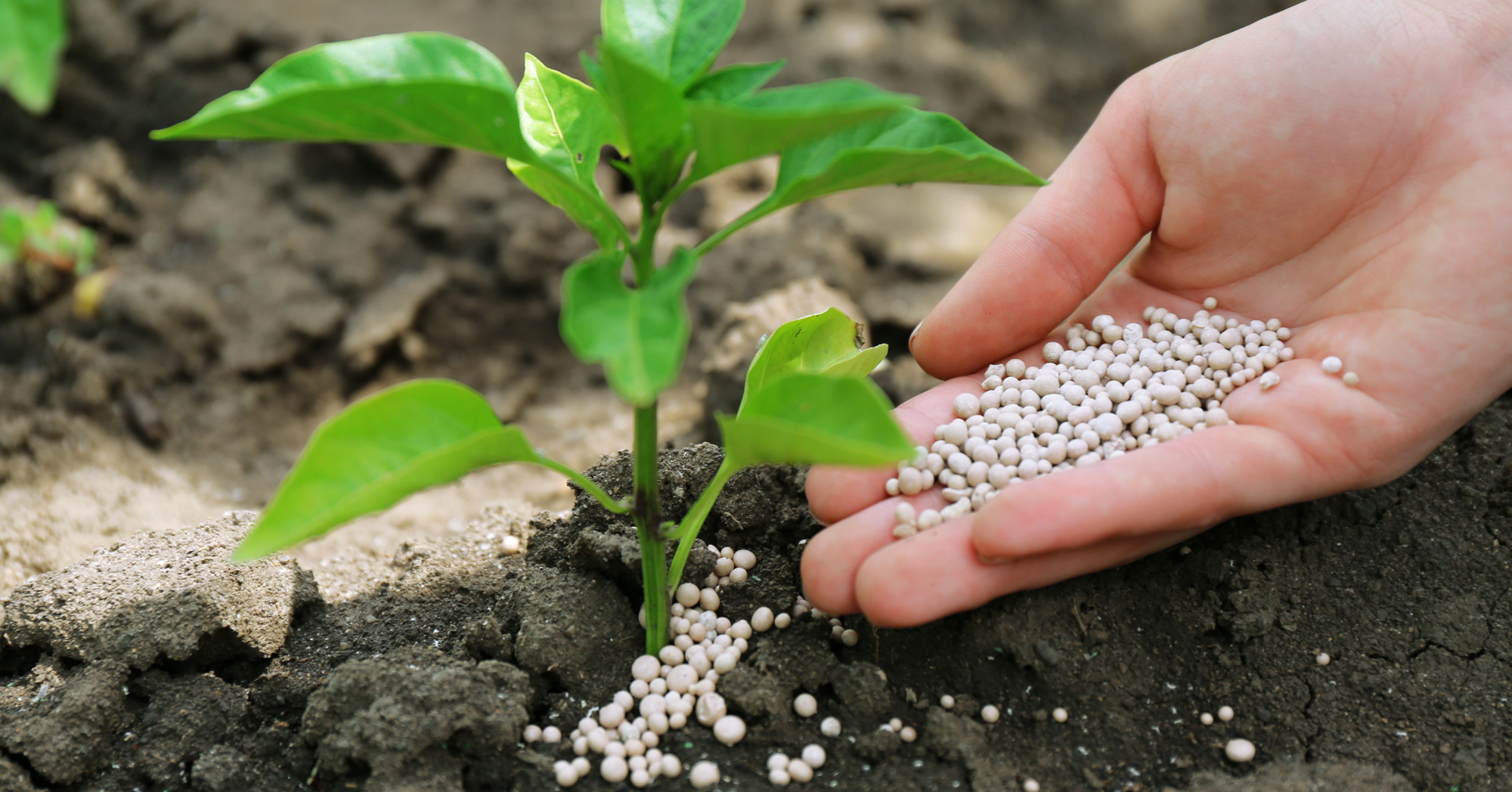
It's true that plants need a variety of nutrients to grow to their full potential and, if applicable, produce healthy fruit. Fertilizing is a great way to give plants that extra boost but it's easy to overdo it. Commercially available fertilizers are often quite potent and need to be diluted before using. Unaware of this, many new gardeners apply too much fertilizer at once and burn their plants. Another common problem is fertilizing too frequently. Similar to adding too potent a fertilizer, using a supplement too frequently can burn or kill your plants.
Not Fertilizing At All
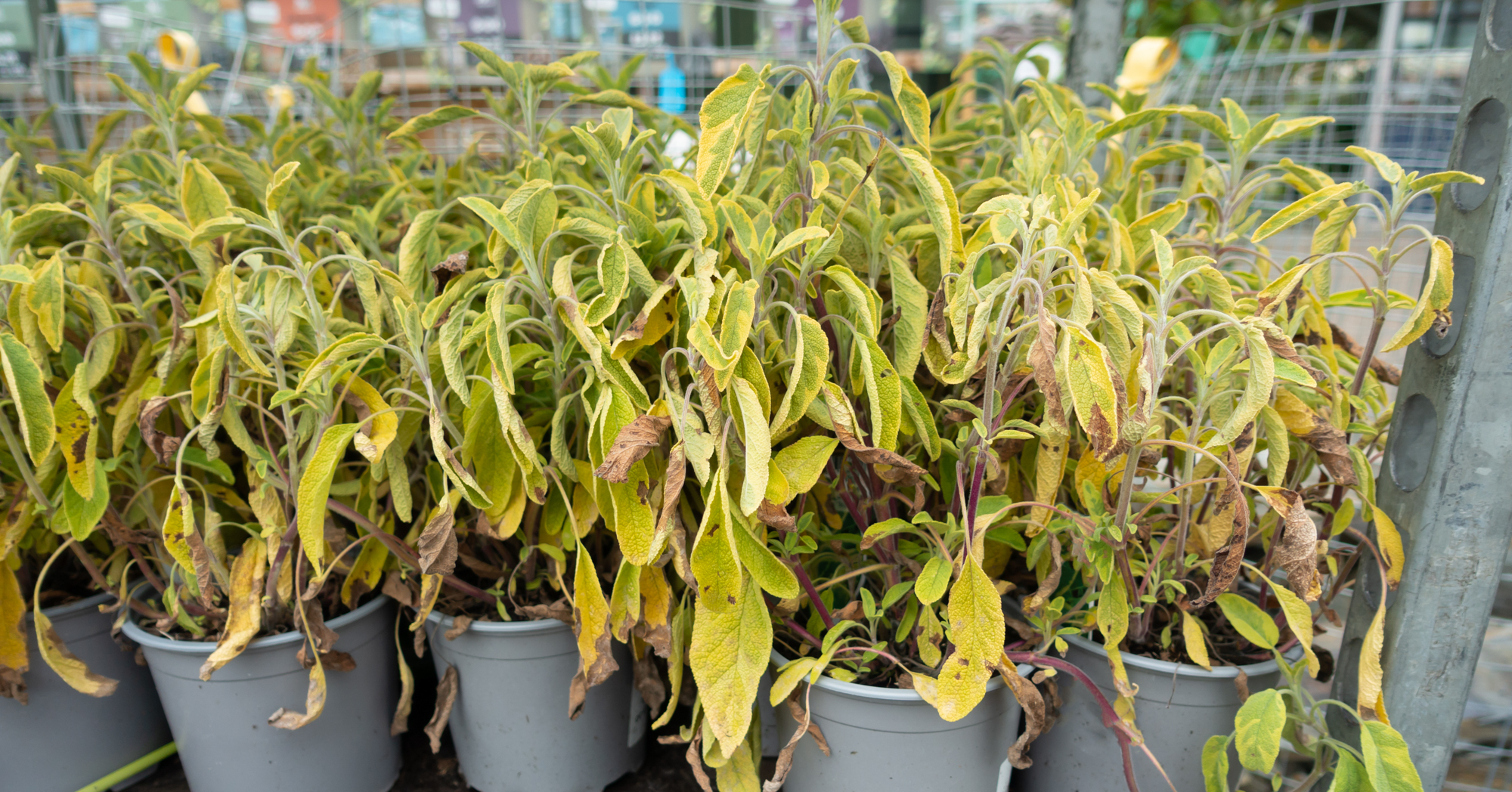
While many soils are rich in nutrients, most gardeners still need to add some fertilizer in order to grow healthy plants. Beginning gardeners will often overlook this and never fertilize their garden. This is especially problematic for vegetable gardens where a novice is growing the same plants in the same soil year after year. Eventually, the soil is too depleted to give the plants the nutrients they need.
Overcrowding Plants
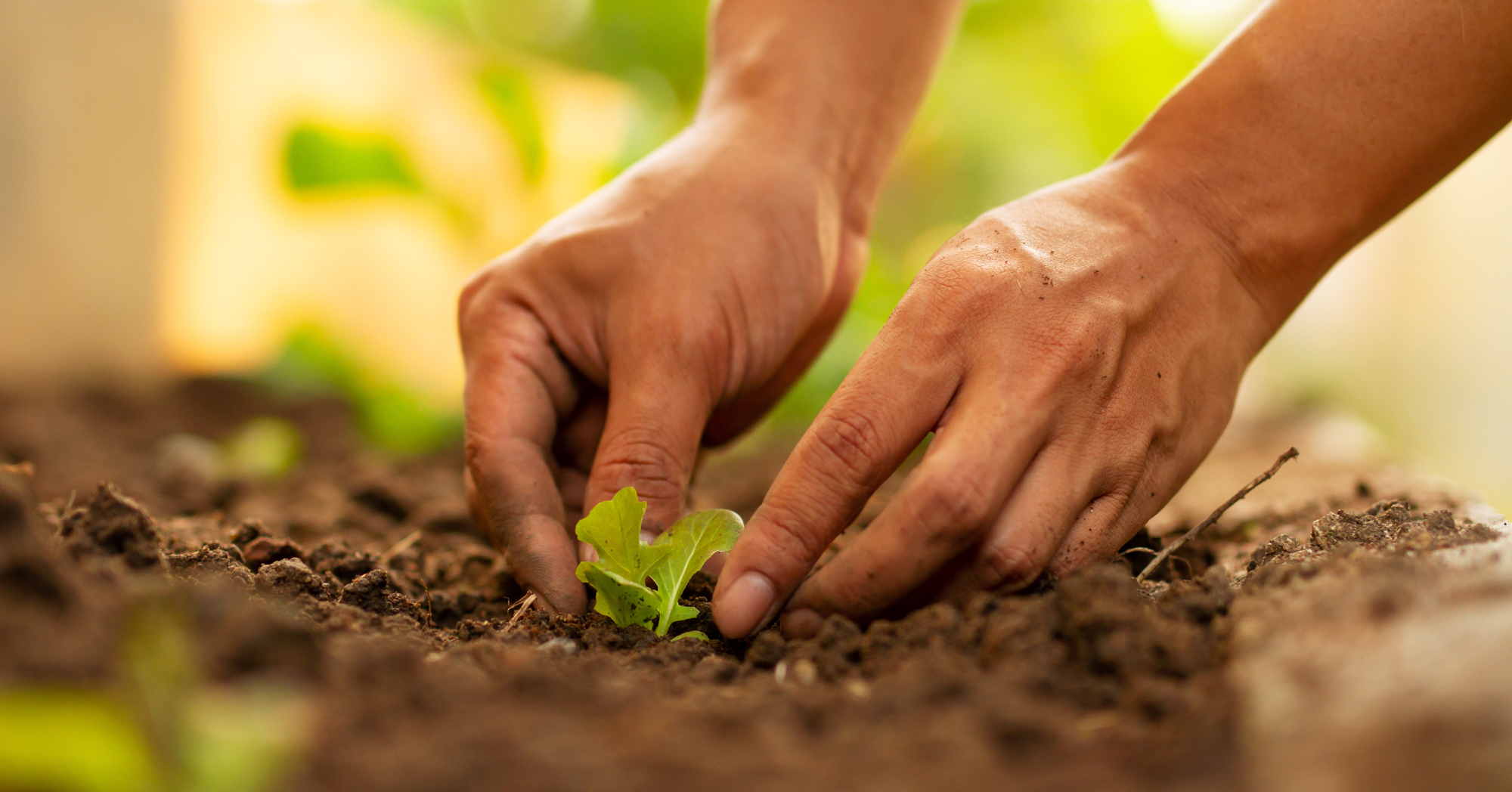
Many novice gardeners start plants from seeds. At the time of planting, having seeds close together makes sense because they're small and not all of them may sprout. Once plants get larger though, beginners may not realize they need to thin out the plants to allow room for them to fully develop.
This can also happen as many professionally designed arrangements and gardens show plants closely planted together. Often this is done to improve the appearance of the garden at the time of photographing and isn't ideal for long-term growth. Most plants need space to grow and being planted too close together can lead to some of the plants getting choked out and dying.
Over Ambitious
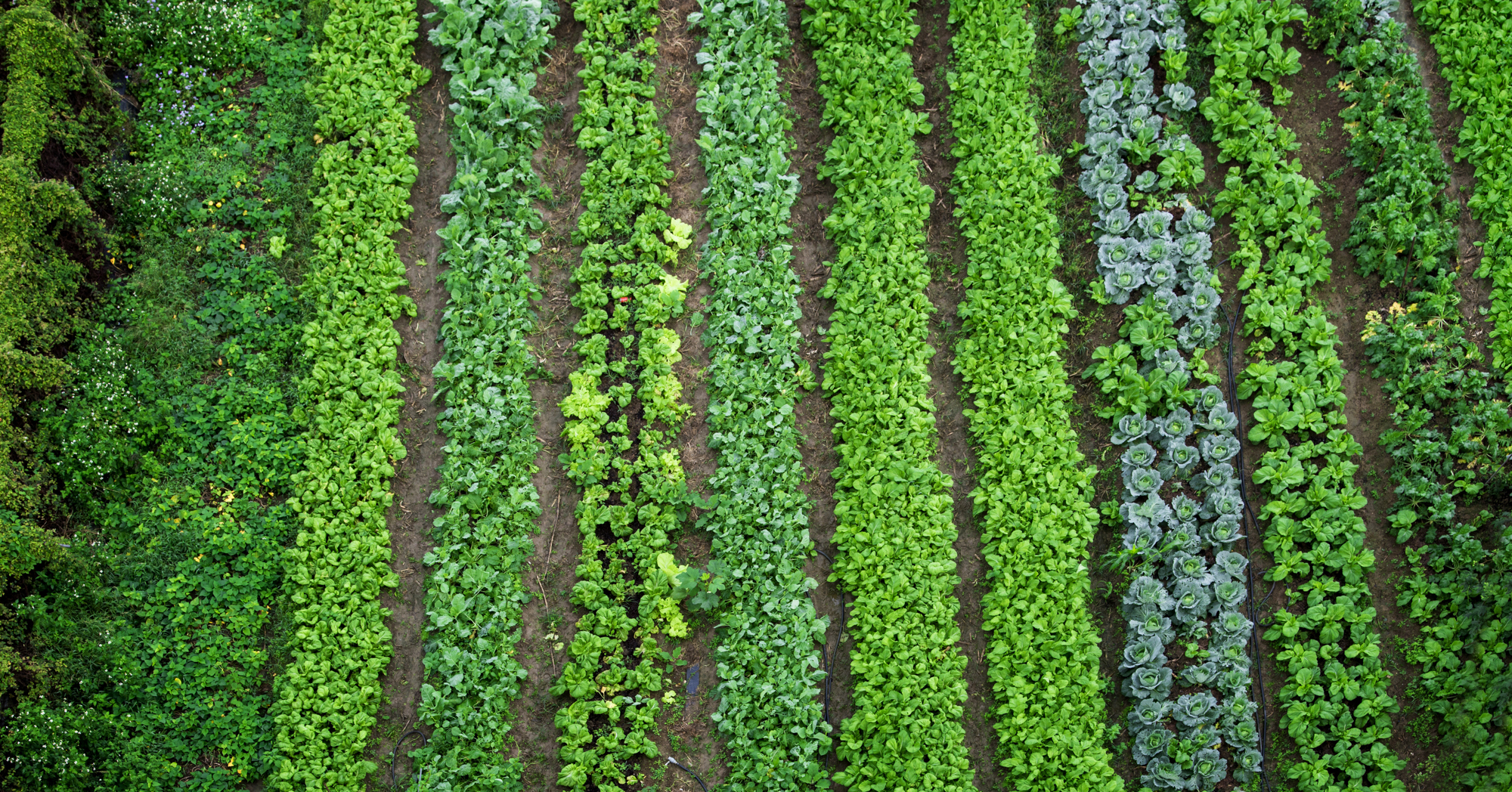
If one plant is fun, more is better, right? Gardening can be quite addicting and before they realize it, many new gardeners have amassed a large number of plants and can't keep up with their care. This is especially problematic with high-maintenance plants. Limiting the number of plants in the first year or two of gardening will make it easier to get a feel for the amount of work gardening takes and allow the novice to take better care of their plants.
Planting At The Wrong Time Of Year
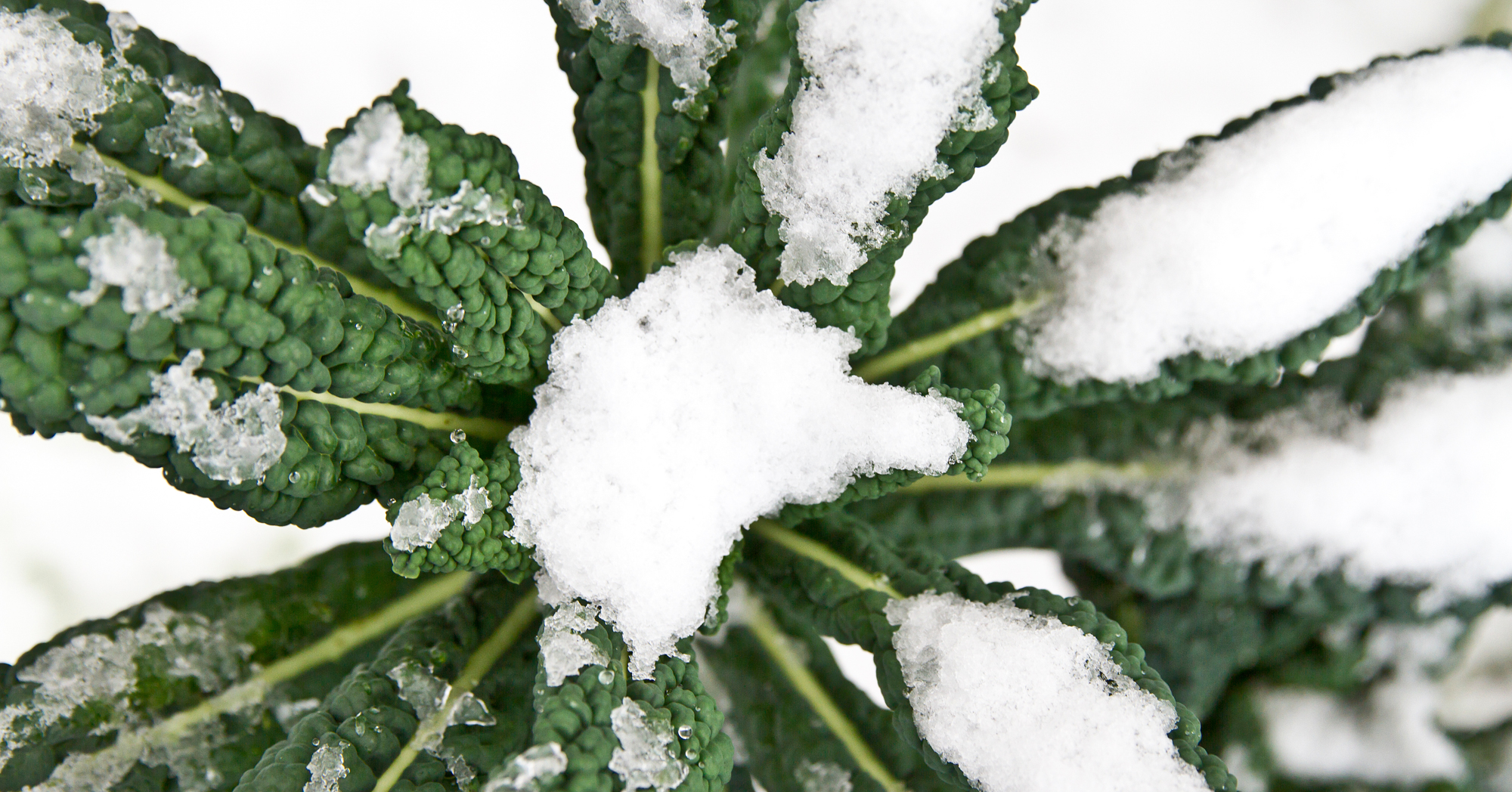
It's tempting to buy a new plant anytime you're at a garden center or big box store, but this can frequently lead to plant deaths. If you're growing from seeds, starting too early or too late in the season can mean your plants don't survive. The same can happen with fully rooted plants too. Planting in the peak of summer or too close to winter can cause the plants to suffer damage from extreme temperatures.
12 Popular Plants to Absolutely Avoid Growing In Your Garden

While gardening can be fun, make sure you avoid the plants on this list unless you want a headache. Some plants can become quite invasive and others have roots that can destroy the foundation of your house or break up sidewalks. Keep these plants out of your garden and you're on your way to a more pleasant and low-maintenance gardening experience.
Gorgeous, Self-Seeding Flowers You'll Only Have to Plant Once
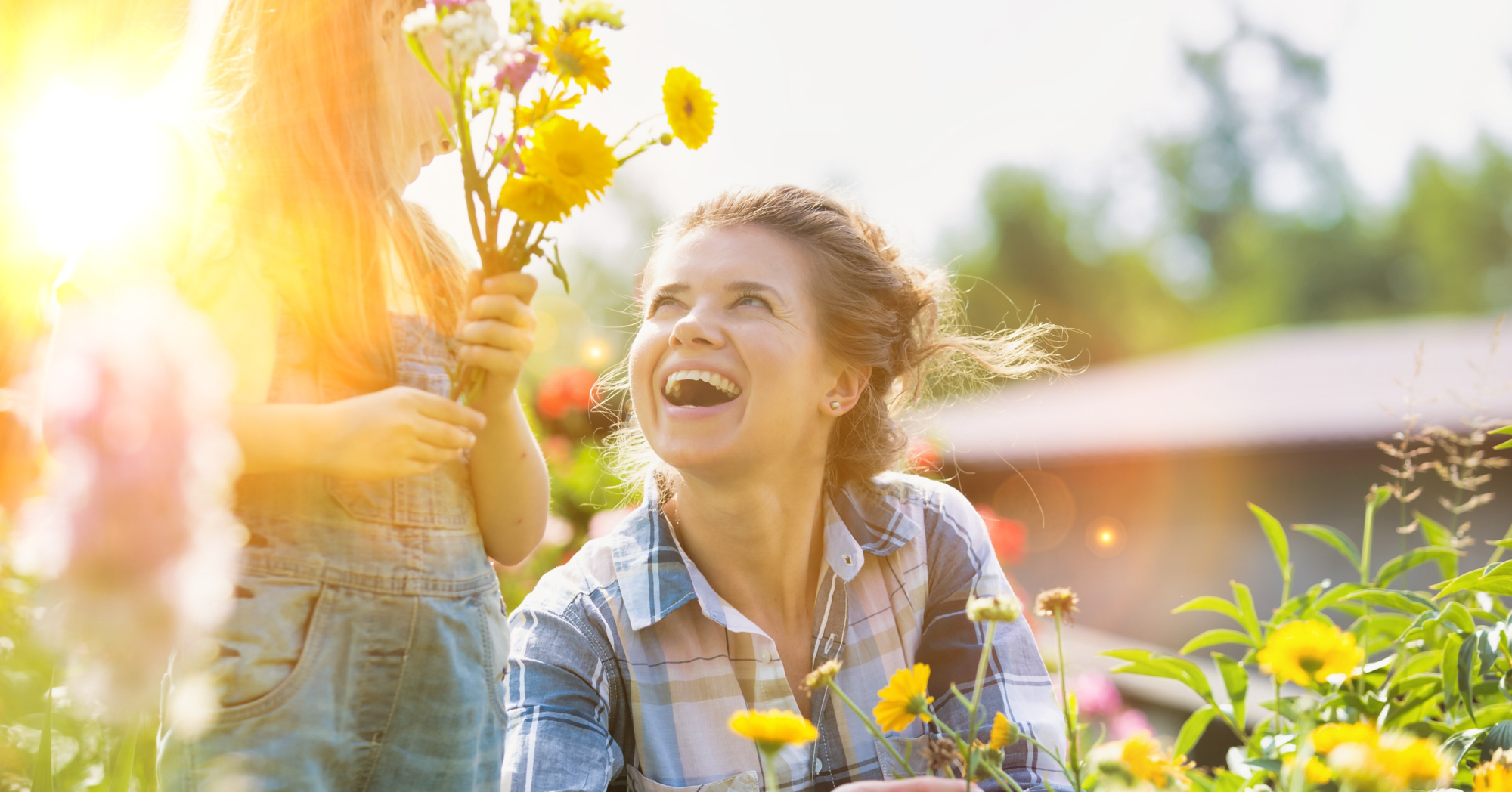
Growing flowers from seeds is an inexpensive and great way to grow annuals (plants that only live for one year). However, just because you plant them once doesn't mean you'll have to re-plant them each. Some plants self-seed quite easily and will come back year after year with very little effort on your part. Many of these flowers also attract pollinators, such as bees and butterflies, to your garden.
Is Your State On The List? 18 States Where Succulents Can Grow Outside Year Round
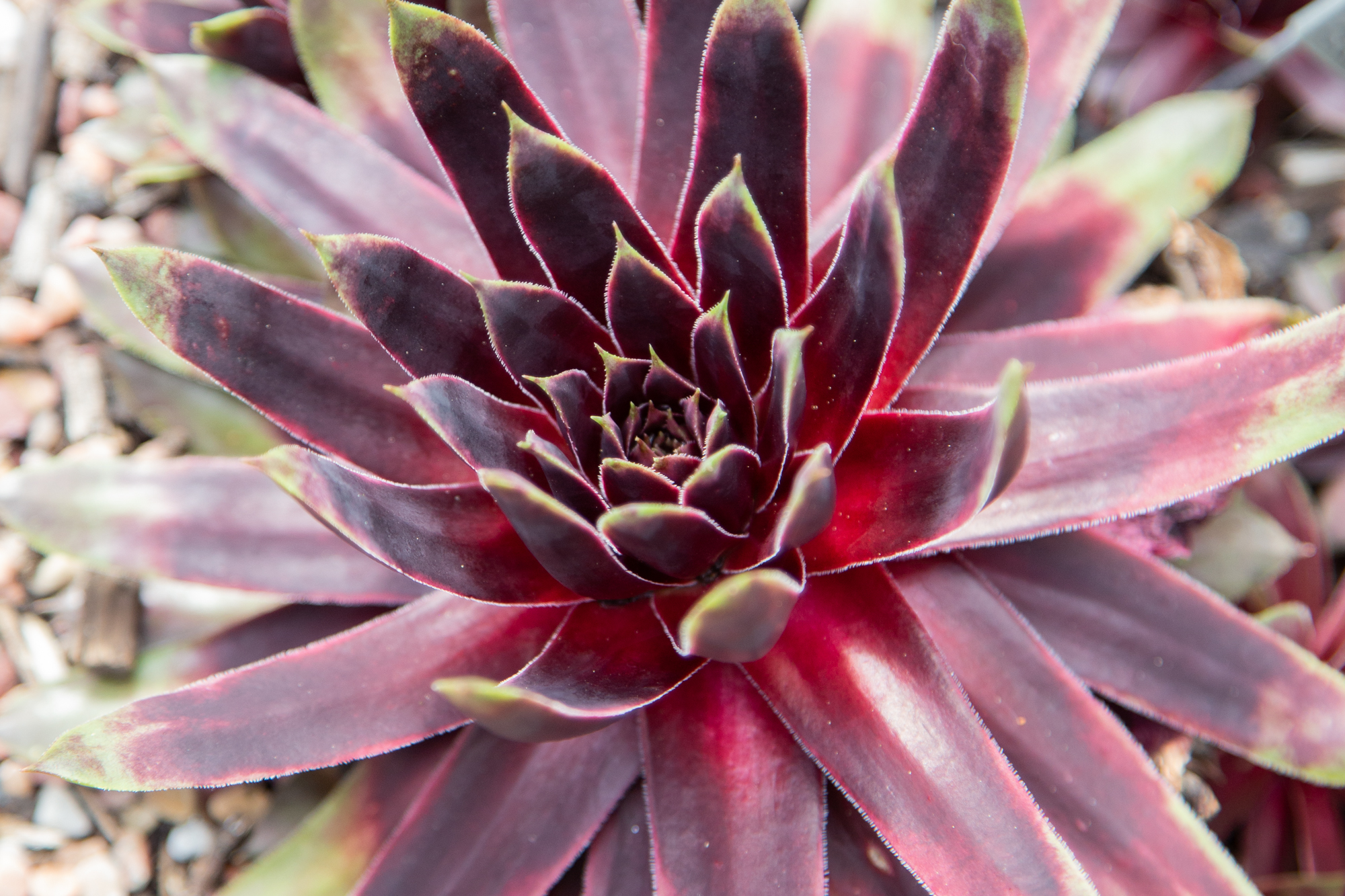
Many people think of succulents as beautiful house plants but don't realize they can be grown outside year-round in many parts of the United States. Not every succulent is suited for outdoor growing in every state so here's a list of states and some of the succulents you can expect to grow outside year round there.
Get more succulents for free with this simple propagation technique
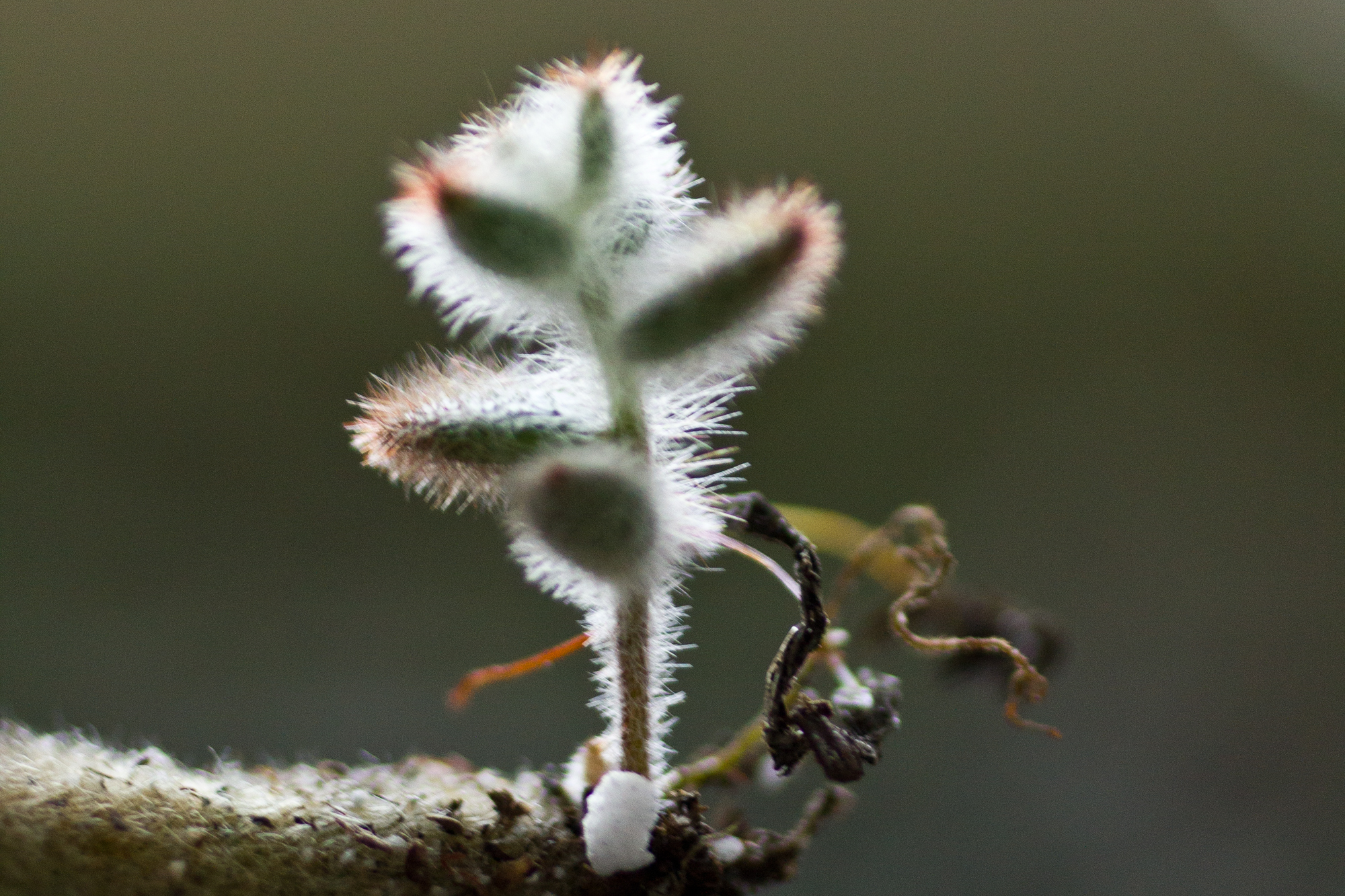
One of the best things about growing succulents is how easily they propagate (grow new baby plants). Propagating succulents from leaves is extremely fun and a rewarding way to get more plants without having to buy new ones. Learning this simple technique can be quite addicting but may help keep your plant budget on track.
Help Save The Bees By Planting These Flowers In Your Garden
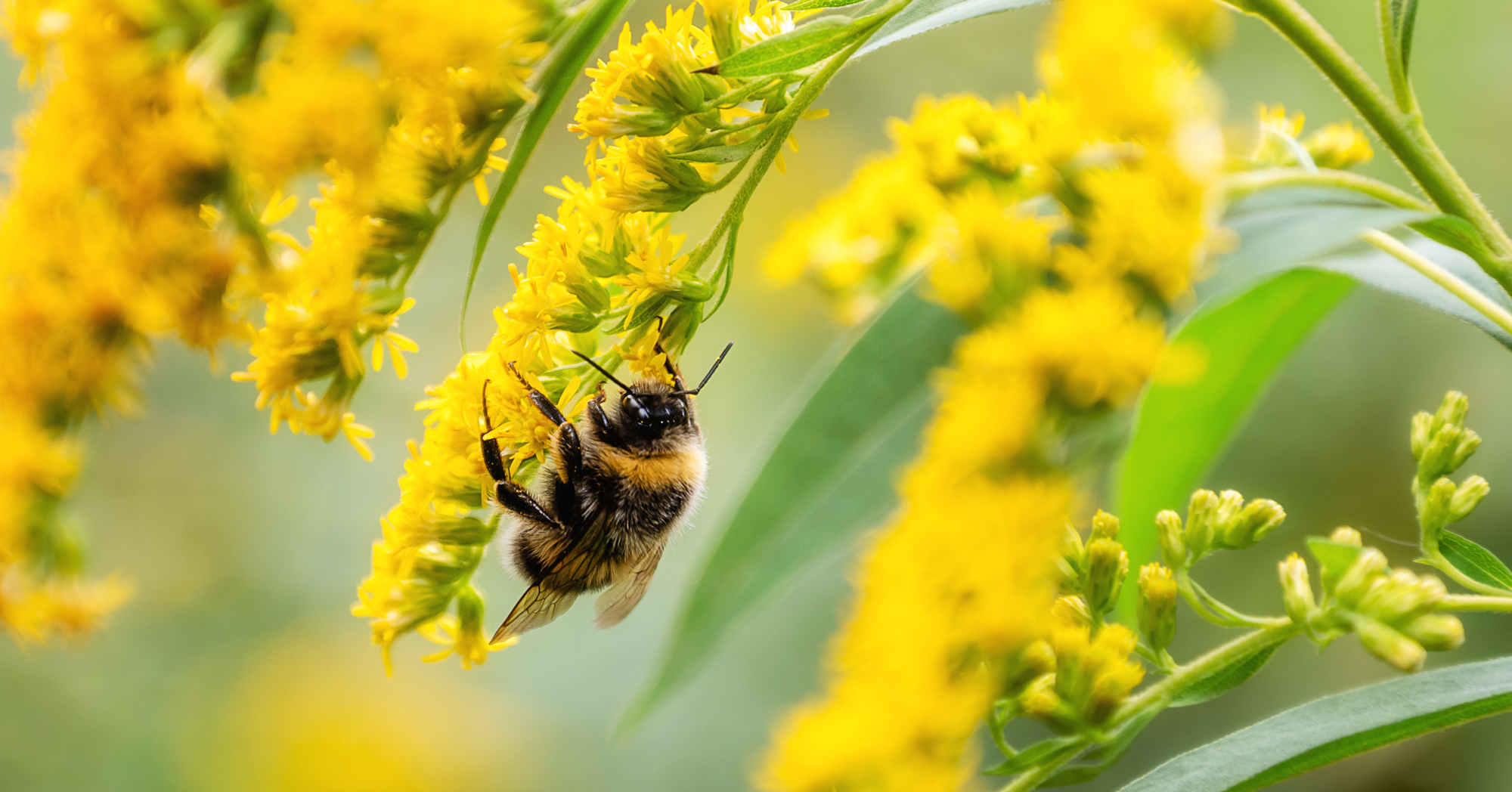
One of the best ways to help the bee population grow is by providing them with plenty of food. You can easily do this by planting bee-friendly flowers in your garden. Also, be sure to avoid using pesticides and make sure there is a water source nearby to help them stay healthy. There are several varieties of plants that are sure to attract bees to your garden and help these busybodies pollinate the fruits and vegetables we love to eat.
This article originally appeared on Succulents and Sunshine.